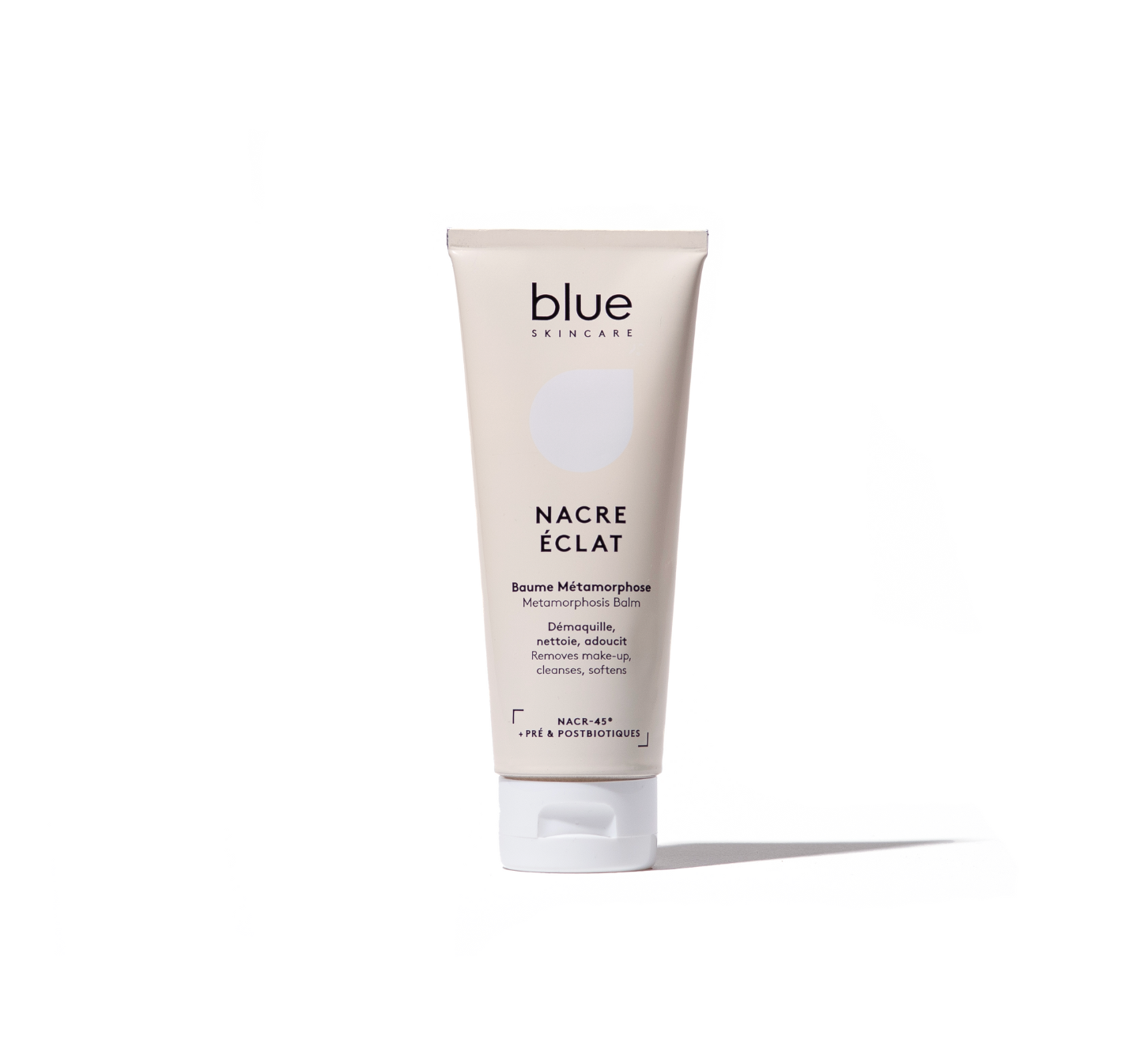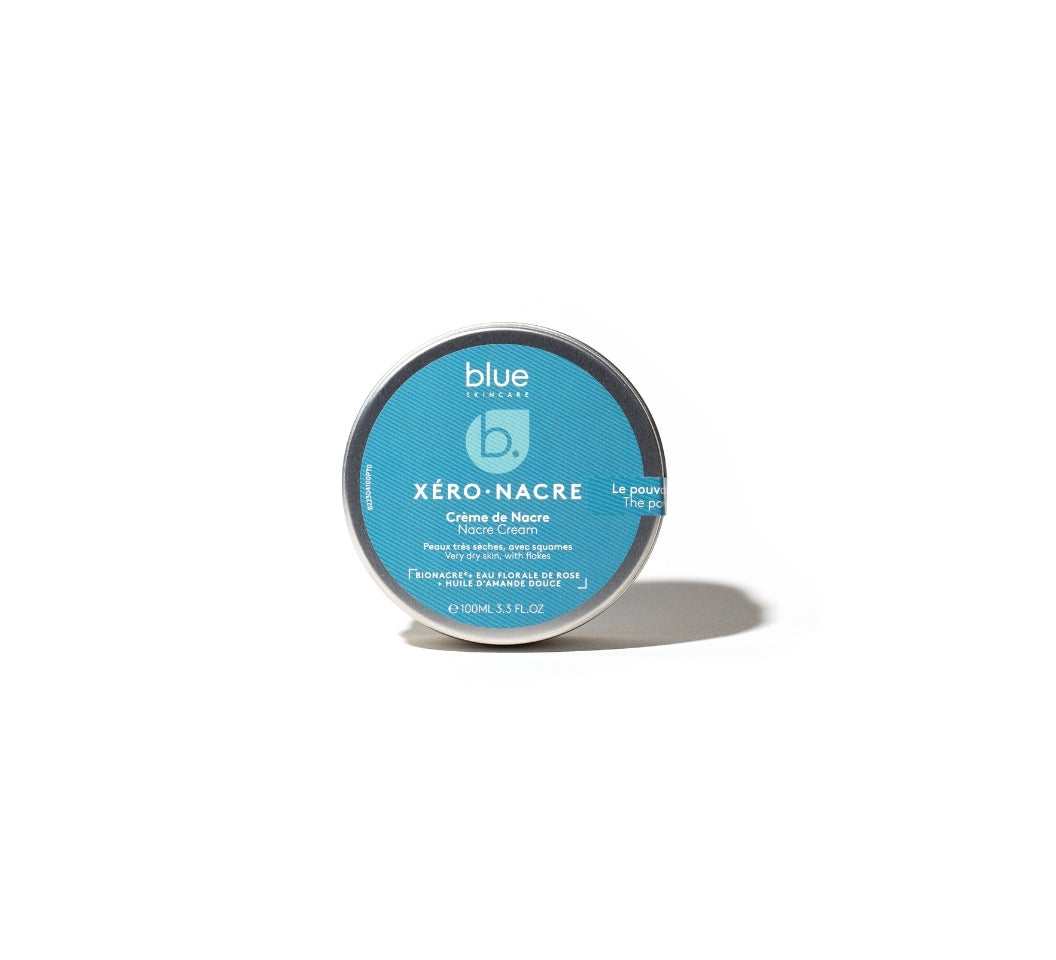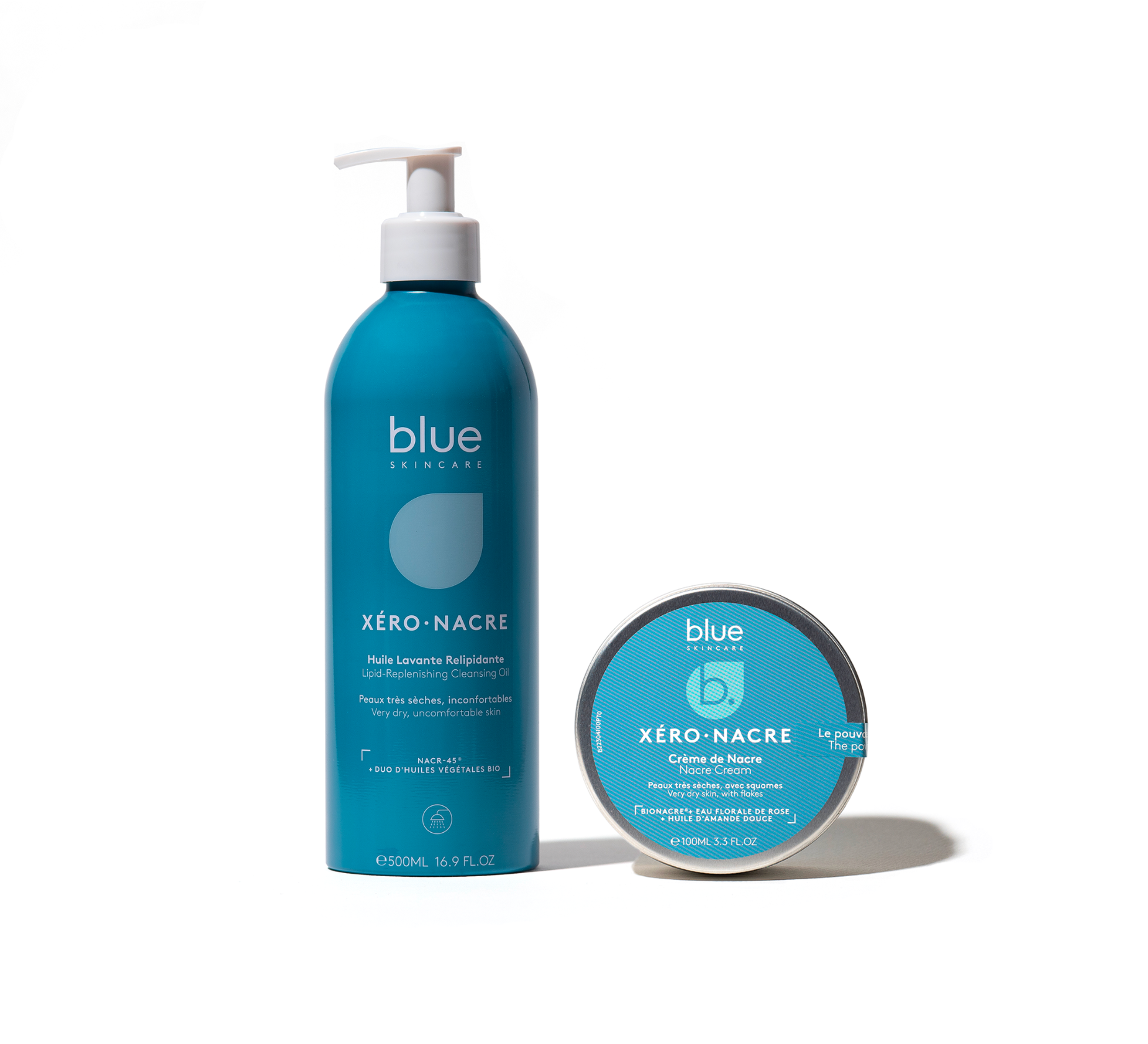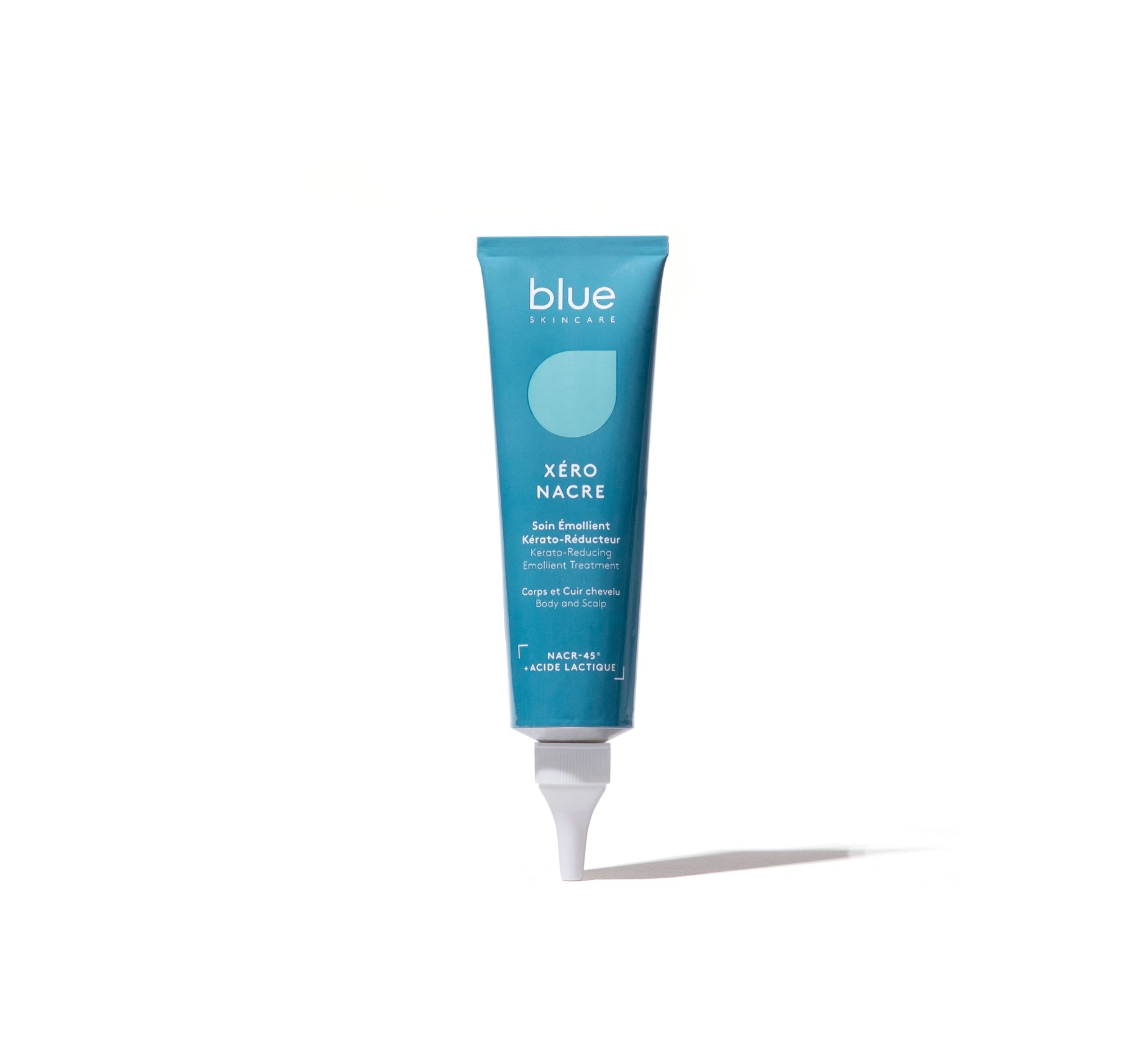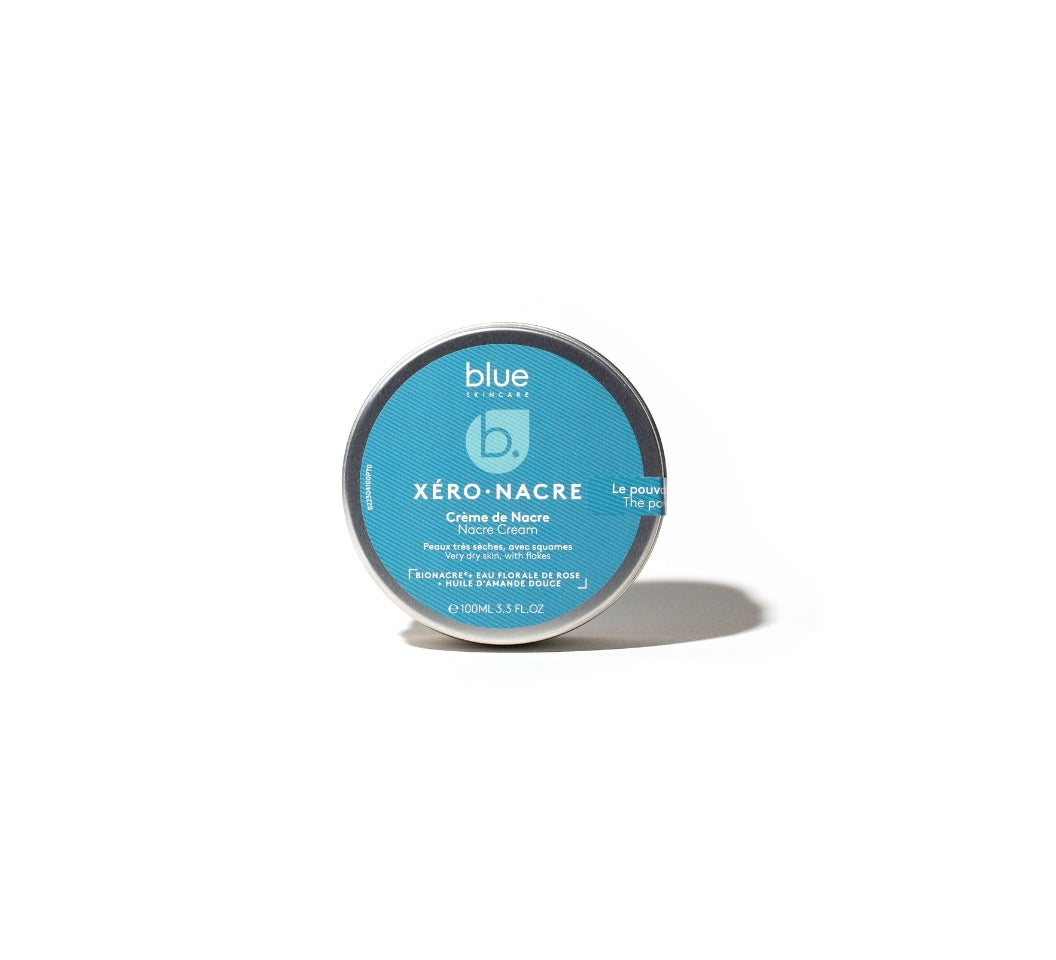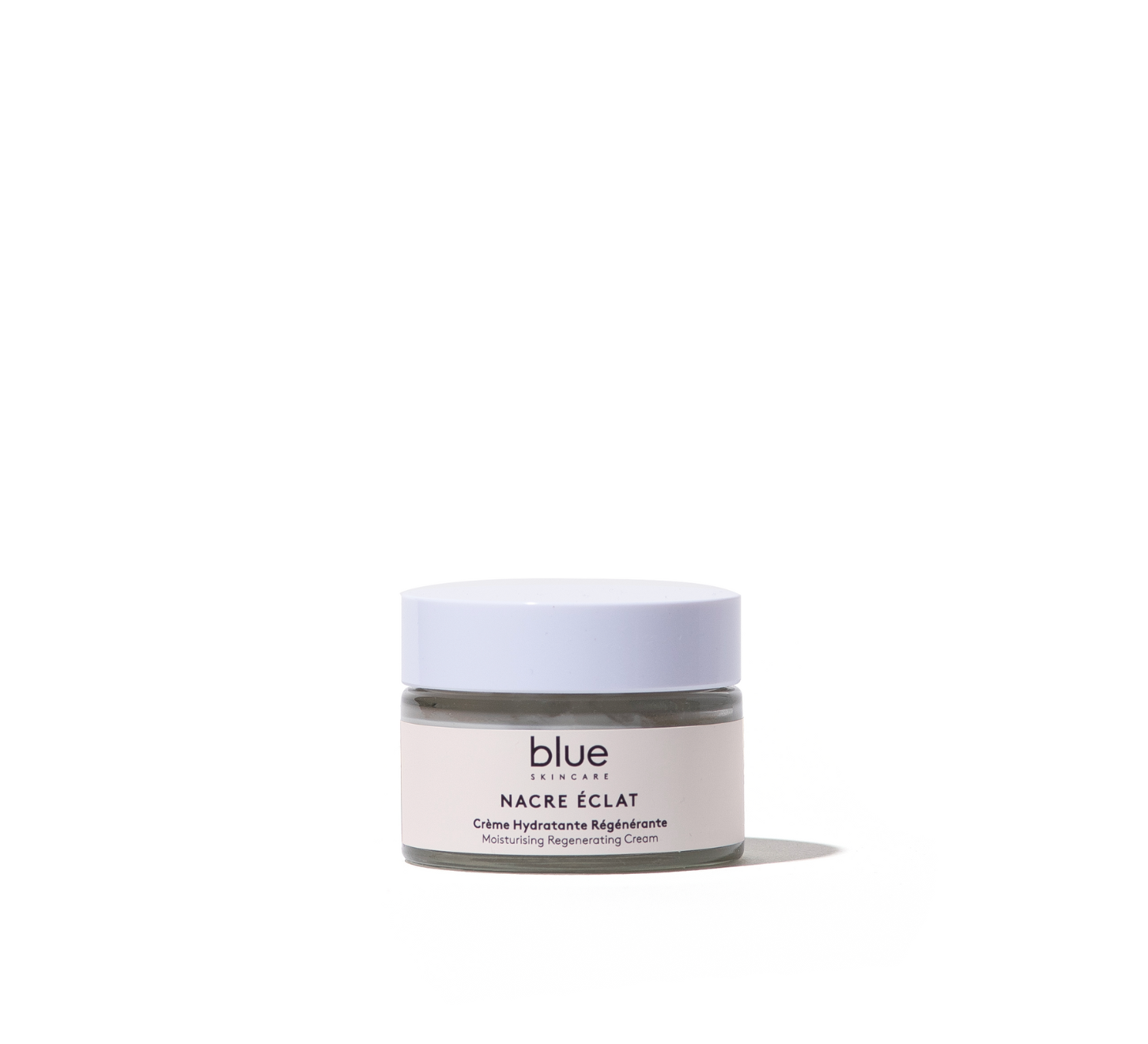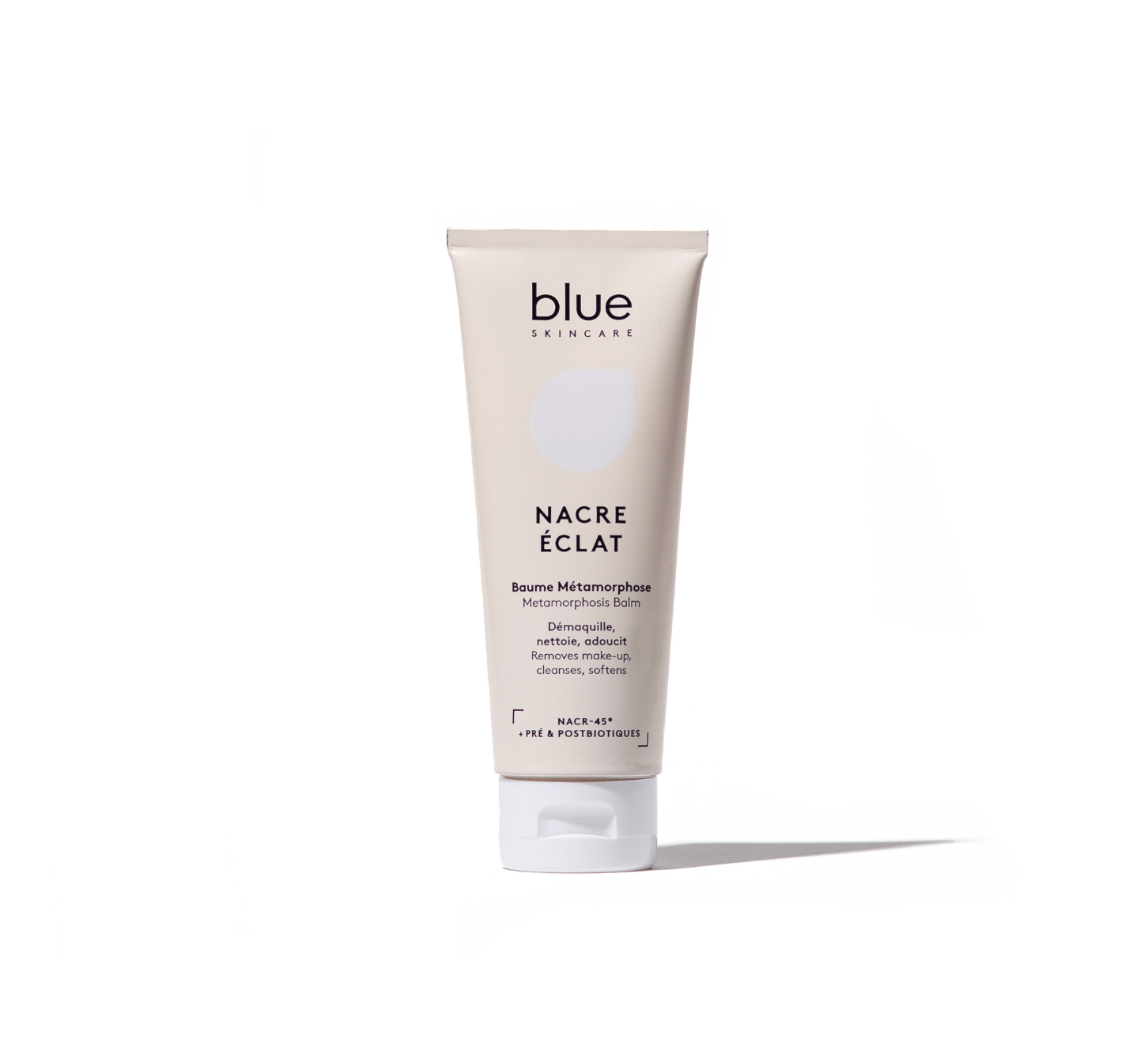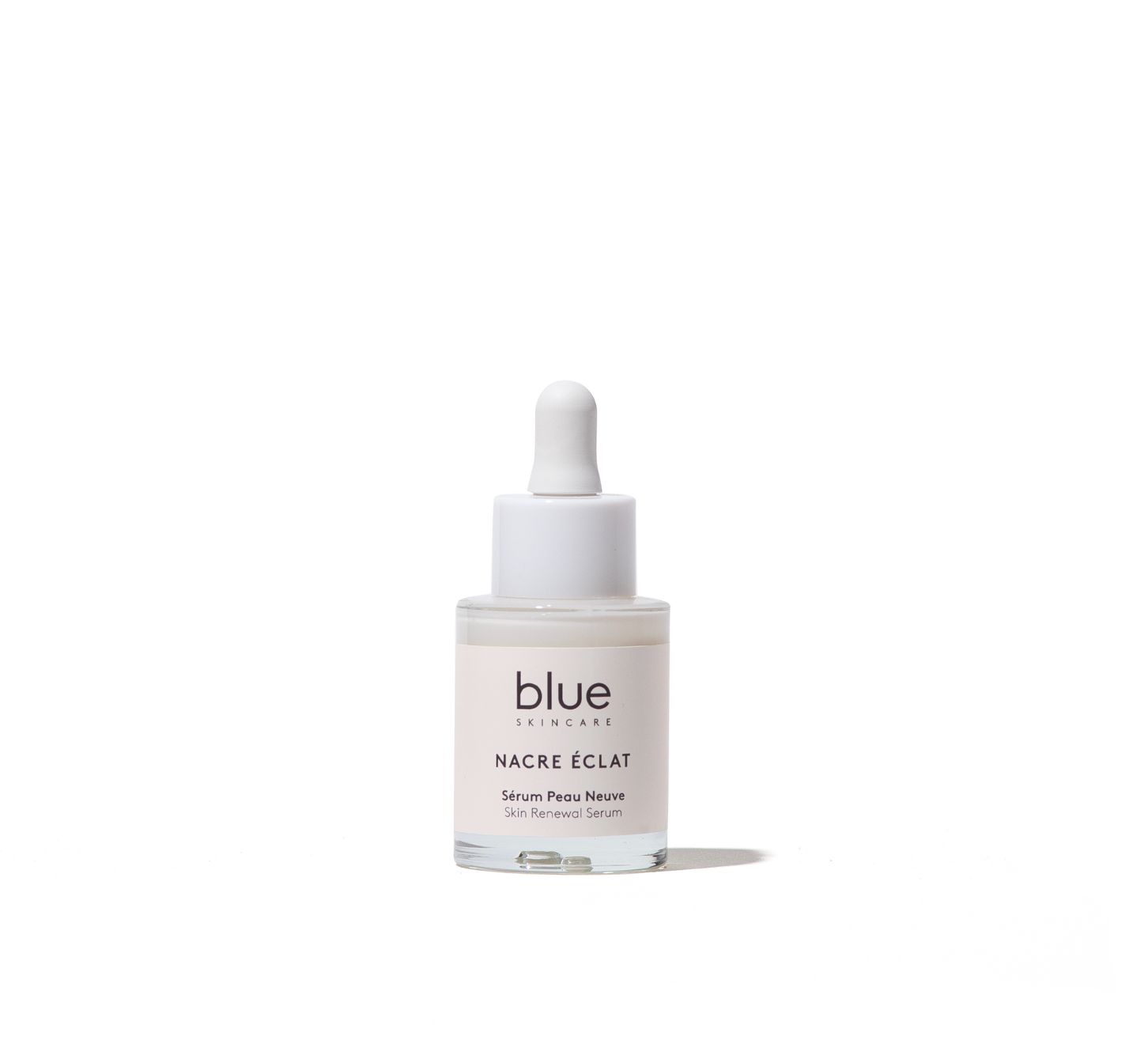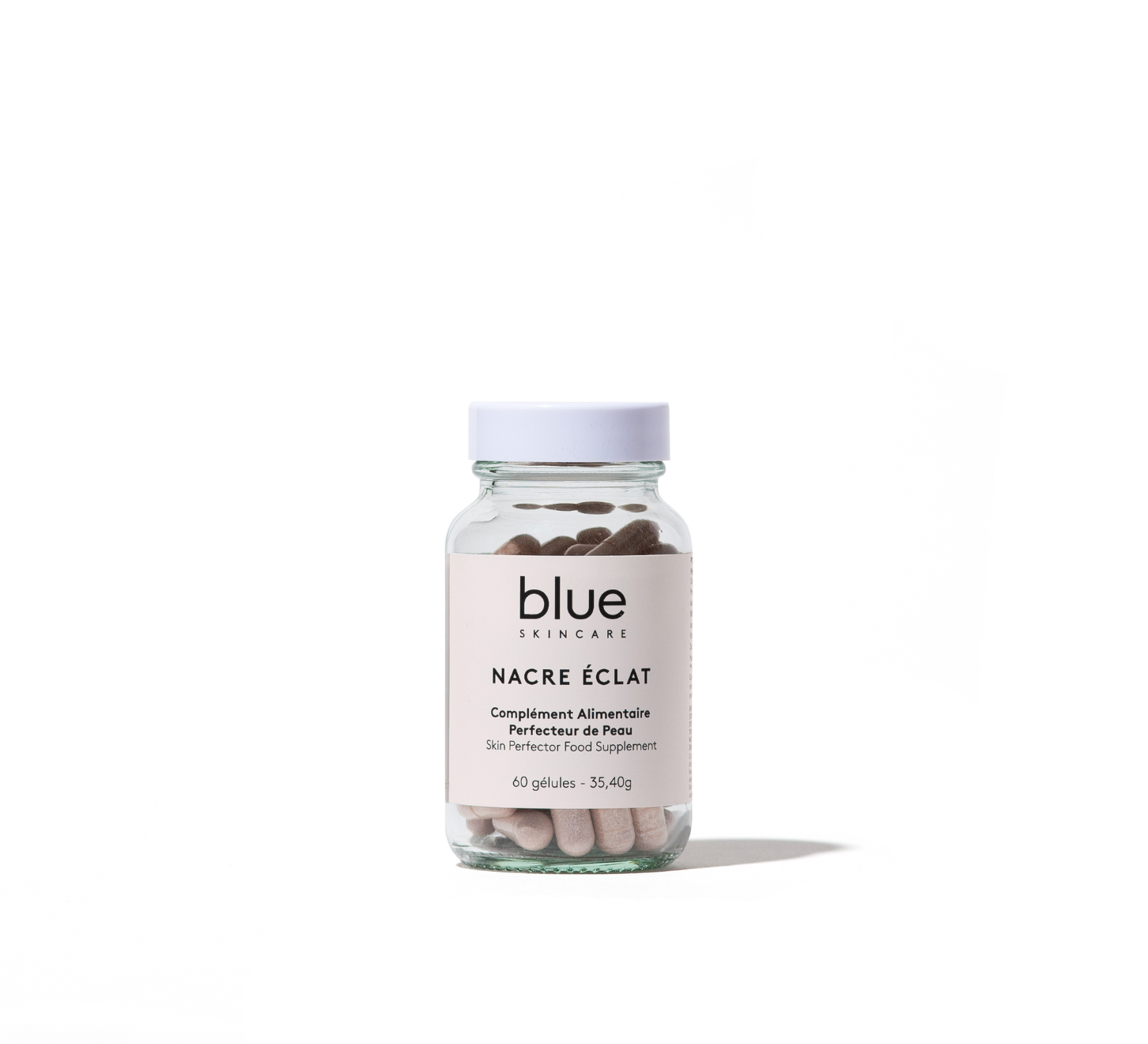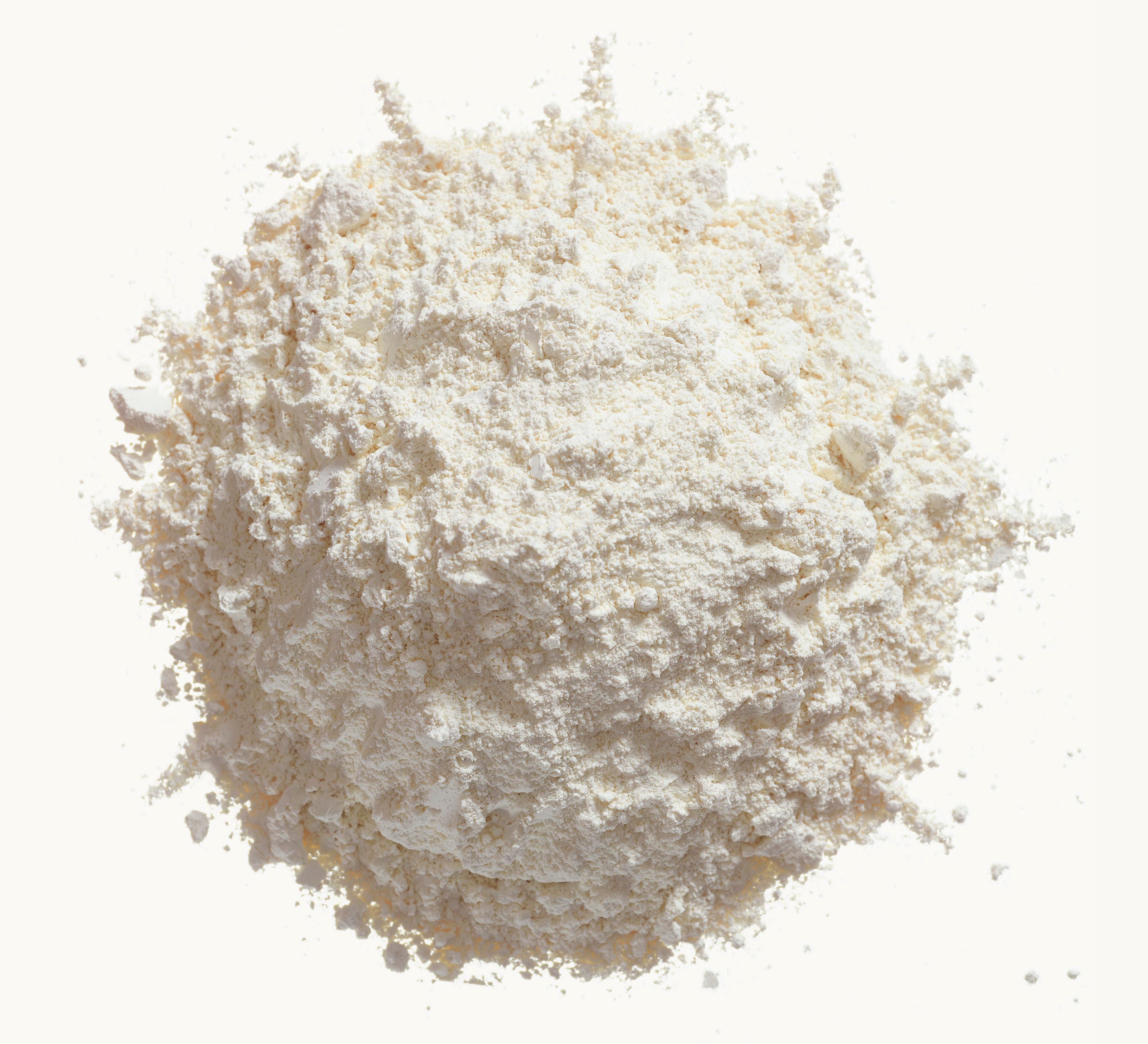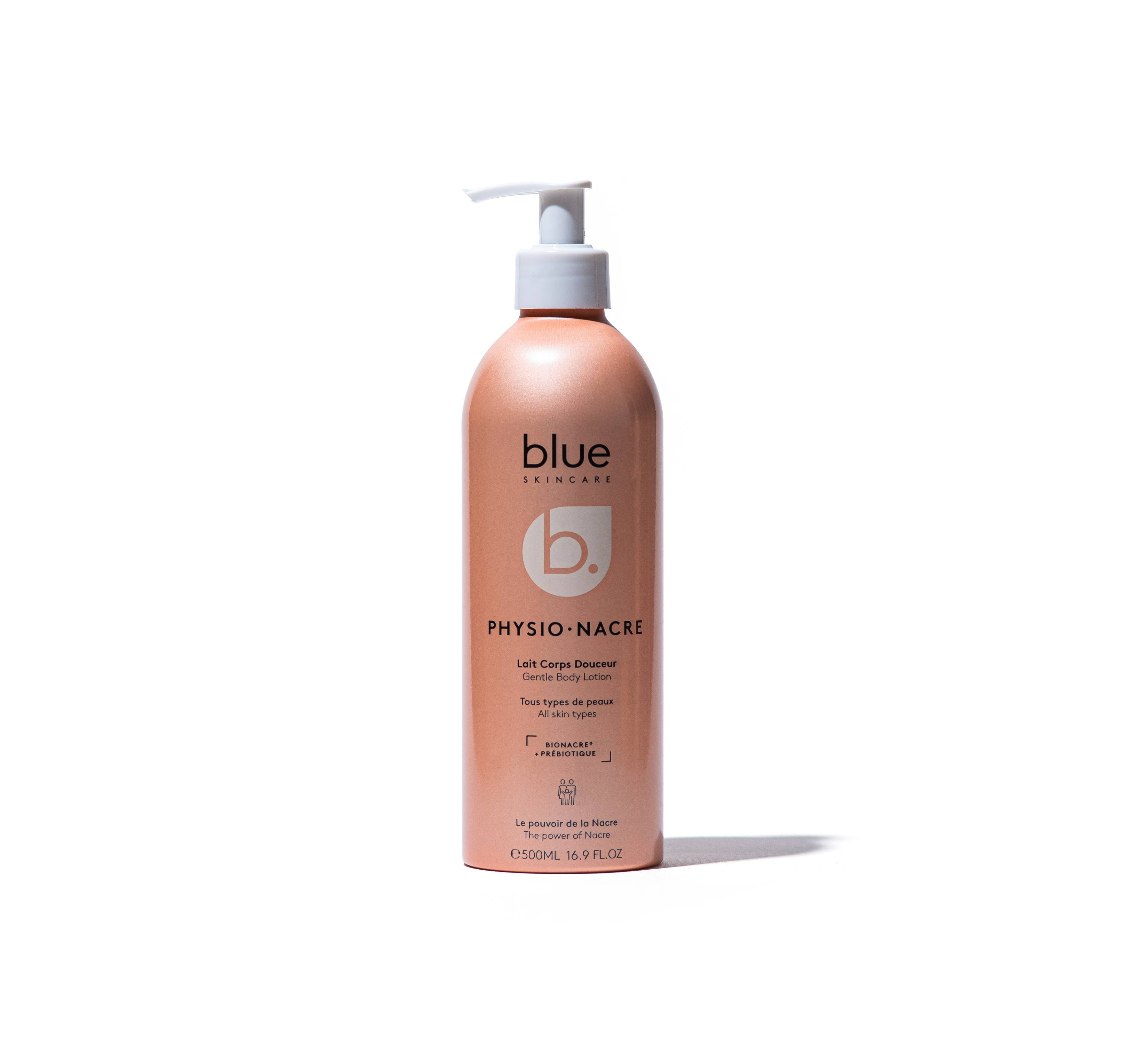La mode, la mode, la mode… Pourquoi l’industrie de la mode est-elle actuellement montrée du doigt ? Et surtout, quelles sont les pistes à suivre pour préserver une planète Clean et les solutions à mettre en place pour éviter qu’elle ne devienne la première victime de la mode ?
Avant tout, quelques chiffres pour mieux comprendre :
- En Europe, un rapport du Parlement européen (datant de début 2019) considère la mode comme le 4ème secteur le plus polluant après le logement, l’alimentation et les boissons, le transport.
- Dans le monde : l’industrie de la mode est considérée comme la deuxième industrie la plus polluante, après l’industrie du pétrole.
- 100 milliards : c’est la quantité de vêtements vendus chaque année dans le monde.
- 20 kilos : c’est la quantité colossale de vêtements que nous achetons en moyenne par an ! Pour finalement porter toujours les mêmes habits.
Les positions dans le top des pollueurs varient… mais le constat est accablant. Derrière les strass et les paillettes, l’industrie de la mode est extrêmement polluante. Comment expliquer cela ? Consommation excessive d’eau pour les matières textiles (notamment le coton), utilisation de polluants (notamment pour les colorants), dégradation des sols près des usines textiles, émissions de CO2, mais aussi haute empreinte carbone des transports des articles finis. D’autant que la mode est un éternel recommencement. Ce qui était tendance l’année précédente est “has been” ou presque cette saison, ce qui favorise la surconsommation et les dressings qui débordent. Les placards sont pleins à craquer, mais on n’a jamais rien à se mettre. Sans oublier les « erreurs » d’achats avec des habits qui ne seront jamais portés, mais bon « à ce prix-là, difficile de résister ! »
Bienvenue dans l’univers de la Fast Fashion !
Les dérives de la Fast Fashion

Fast Fashion comme Fast Food… une étymologie qui n’augure rien de bénéfique. Une mode aussitôt consommée, aussitôt jetée. Si les procédés de l’industrie de la mode sont aujourd’hui dénoncés, notamment l’utilisation de textiles moins durables qui s’usent vite, on peut aussi s’interroger sur l’attitude du consommateur. D’après Erwan Autret, Coordinateur de Pôle, Service Produits et Efficacité Matière (ADEME), déclarait « La moitié de l’impact est dû à la production, mais on oublie aussi la moitié de la pollution liée au consommateur : parce qu’il achète trop, parce qu’un tiers seulement des vêtements partent dans les bons bacs et peuvent ainsi être valorisés, parce qu’il consomme beaucoup d’eau en lavant son linge… »
En clair : on achète plus, on lave plus, on ne jette pas dans la bonne poubelle. Ainsi, certains habits ne sont portés qu’une dizaine de fois avant de finir leur vie dans les recycleries ou autres décharges. Dans le monde, le débarras d’habits encore portables représenterait ainsi une perte de 460 milliards de dollars par an.
Comment agir ?

En 2019, 32 industriels de la mode (prêt-à-porter, sport, lifestyle et luxe) ont signé, dans le cadre du sommet du G7 à Biarritz, le Fashion Pact (pacte de la mode) visant à réduire drastiquement l’impact environnemental du textile en se focalisant sur trois axes forts : réchauffement climatique, restauration de la biodiversité et protection des océans. Une très belle initiative, mais depuis on en n’entend plus trop parler. D’après l’Agence de l’environnement et de la maîtrise de l’énergie (Ademe) « C’est à nous tous d’agir pour limiter les impacts de la mode sur la planète ! ».
L’important n’est pas de boycotter la mode (car de nombreux emplois dépendent aussi de ce secteur), mais de faire preuve de bon sens et d’acheter en conscience. Cela vous évitera sans doute d’acquérir une énième robe noire dont vous n’avez pas besoin ! La période la plus délicate ? Les soldes bien sûr avec toutes ses tentations plus désirables les unes que les autres. Profiter des soldes en conscience, c’est comme faire ses courses en période de régime : on se tient à sa liste d’achats (nécessaires ou préalablement repérés) et on essaye de ne pas craquer pour… toutes les autres tentations (un vrai challenge !). Autre possibilité: faire régulièrement une détox-placard en triant, en recomposant des looks différents et redécouvrant des petits trésors cachés dans la penderie. Ce qui est désormais inutile ira directement dans les bacs à recyclerie vers une deuxième vie si on ne peut pas les donner directement à quelqu’un.
Un impact environnemental trop élevé
L’industrie textile a un fort impact environnemental… Mais de quoi parle-t-on exactement ? En plus de l’empreinte carbone d’un produit (l’émission de gaz à effet de serre qui lui est imputable), la notion d’impact environnemental inclut d’autres facteurs comme la consommation d’eau (il faut par exemple 7500 litres d’eau pour fabriquer un seul jean !), les rejets toxiques ou l’énergie nécessaire provenant des ressources fossiles.
Des vêtements qui font le tour du monde


« Si tu veux savoir quelle va être la couleur à la mode en Europe pour la prochaine saison, alors va voir de quelle couleur est la rivière ». Cette plaisanterie en Asie souligne une triste réalité, celle de l’impact direct sur les ressources naturelles. En effet, l’industrie textile utilise de nombreux colorants polluants pour les vêtements: les éthoxylates de nonylphénol (NPE) pour fixer les couleurs, des colorants azoïques, des phtalates pour les éléments en plastique, du formaldéhyde, réputé cancérigène, pour les vêtements sans repassage…
Conçus à l’autre bout du monde (pour des raisons économiques évidentes), les vêtements vont ensuite voyager longtemps avant d’arriver dans votre penderie. Matières premières produites dans un pays, articles finis fabriqués dans un autre. En voyageant ainsi les articles de mode accumulent les miles en gaz à effet de serre. D’après le magazine Science et vie, « la mode émet 1,2 milliards de tonnes de gaz à effet de serre contre par exemple, 0,532 pour les vols internationaux. » Ce mode de fabrication ne date pas d’hier, mais depuis peu, la prise de conscience écologique générale rejette ce fonctionnement à l’impact environnemental trop fort.
Comment agir ?

Commencer par changer sa façon de consommer les Jeans… et privilégier les marques écoresponsables comme Fairblue Jeans ou Made in France comme 1083 jeans, les Ateliers de Nîmes, Atelier Tufery ou encore le Gaulois Jean. C’est toujours par des petits pas qu’on avance. D’après le communiqué de c, en 2020, moins de 5 % des jeans produits dans le monde ont été conçus de façon écoresponsable… voilà une grande marge de manœuvre !
Des vêtements qui consomment beaucoup trop d’eau
Aborder la consommation d’eau nous plonge directement dans le mode de production. Par exemple, toujours d’après Science et vie « la production de textiles (culture de coton compris) nécessite environ 93 milliards de m3 d’eau par an. » Soit, pour mieux comprendre en image, un t-shirt équivaut à 70 douches environ (une douche = 38,6 litres d’eau). Mais on en oublierait presque l’eau utilisée chez soi lors du lavage des habits. Et là, c’est le drame, car les vêtements, notamment ceux en matières synthétiques ou en matières polluantes rejettent des microfibres plastiques qui finissent dans les océans.
Comment agir ?
D’après le rapport très instructif de WWF (World Wide Fund for Nature), la consommation d’habits dans le monde n’a pas prévu de décroitre (notamment à cause de l’augmentation du nombre d’habitants). Ainsi, la fondation WWF a identifié trois leviers d’action concernant le monde de la mode :
- L’efficience écologique : réduire l’impact sur l’environnement tout au long de la chaîne de création de l’industrie de l’habillement et des textiles, en commençant par exemple sur les économies d’utilisation d’eau.
- L’innovation et transformation : trouver des technologies permettant de limiter l’exploitation des ressources.
- La consommation durable : consommer moins, mais mieux et miser sur l’engagement des consommateurs pour valoriser les marques impliquées dans ce processus de changement. Consommer moins, mais mieux. Et stopper cette surconsommation, cette surproduction et cette sur-pollution.
Le recyclage, LA solution ?

Pas si simple de répondre par oui… même si de prime abord on pourrait penser que c’est une évidence. En fait, il existe deux types différents de recyclage. Le premier propose une nouvelle vie aux vieux textiles en les transformant en chiffon tout neuf, en isolant pour bâtiment, ou en fil. Une façon maligne d’ainsi limiter la production de coton, grosse consommatrice de pesticides et d’eau… C’est parfait sur le papier, mais pas si évident en pratique, car les pièces à recycler peuvent contenir des pièces non-recyclables (comme les rivets des jeans par exemple). Sans oublier qu’il faut là aussi transporter avant de transformer. Enfin, l’effet pervers est aussi de dédouaner le consommateur qui peut continuer à acheter ce dont il n’a pas besoin sous prétexte qu’au pire ça part au recyclage. La meilleure façon de limiter l’empreinte reste quand même de moins acheter, même si on continue à aimer la mode et son univers. Il faut changer sa façon de la consommer et penser aussi aux marchés de la seconde main, les friperies et autres ventes sur Instagram de comptes spécialisés en vintage (@odael_vintage, @biquette_market, @la_pagaille_friperie…).
Vers une étiquette énergétique ?
Comme pour les achats d’électroménagers, on peut imaginer dans un futur proche l’obligation pour chaque vêtement d’une « étiquette énergétique » (avec un système de notation simple et universel A, B, C, D, E…) pour indiquer aux consommateurs l’impact environnemental du t-shirt qu’ils sont sur le point d’acheter. Enfin, une clarification des labels aiderait aussi le consommateur à y voir plus clair. Au rayon des vêtements responsables, pas facile à s’y retrouver sans une bonne prise de tête. Entre le label Oeko-Tex (certifie des produits sans substances toxiques pour l’homme et l’environnement), le label Fair Wear Foundation (certifie des conditions de travail équitables pour les travailleurs du textile dans les entreprises adhérentes), le label Max Havelaar (pour le commerce équitable) ou label Origine France Garantie…

Auteur du récent livre « Ma Transition écologique, Comment je me suis radicalisé » (éditions Novice/France Culture), Hervé Gardette présentateur star de l’émission de radio « La transition » sur France Culture souligne qu’aujourd’hui « dans l’approche marketing, en plus du prix et de l’esthétique, le côté durable, éthique et responsable, est devenu un argument de vente. » C’est plutôt une bonne nouvelle si la mode devient plus respectueuse de l’environnement et si ce n’est pas du greenwashing évidemment. Car certaines marques n’hésitent pas à se donner bonne conscience en lançant des lignes vertes sur tout rapport alors que le reste de la collection laisse à désirer.
Bref, on va y réfléchir à deux fois avant de craquer pour cette petite robe qui nous fait de l’œil en vitrine !
